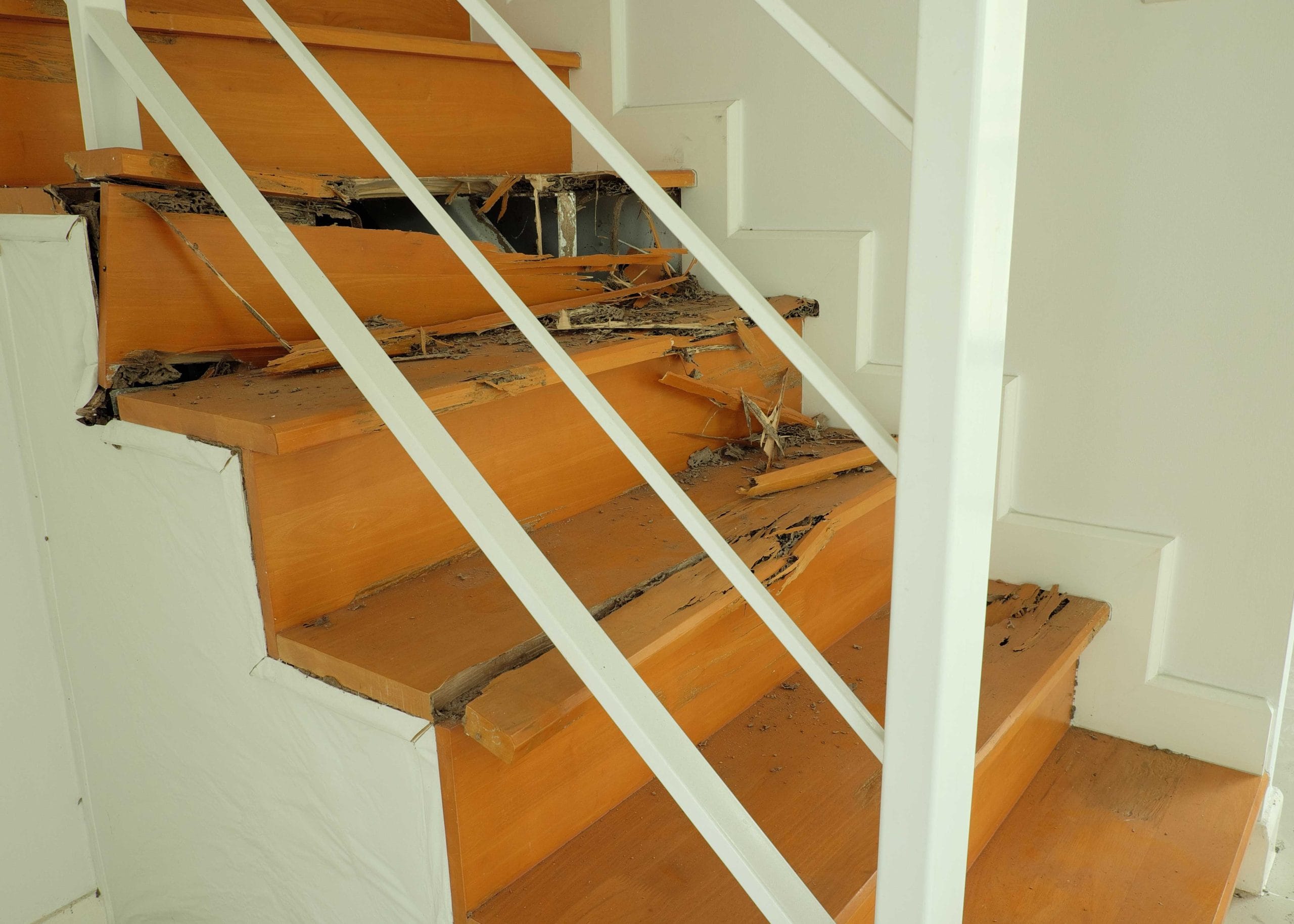Specialized experts in termite removal in Scottsdale
Termites: The Silent Destroyers
Termites, often referred to as “silent destroyers,” pose a significant threat to the integrity of homes and businesses worldwide. These wood-eating insects relentlessly feed on the cellulose found in wood, causing immense structural damage that may remain unnoticed until it’s too late.
Types of Termites and Their Behaviors
Termite infestations can manifest in various forms depending on the species involved. Understanding their distinct behaviors and characteristics is crucial for effective control measures.
- Drywood Termites: Drywood termites establish their colonies within dry wood, such as furniture, structural timbers, or firewood. These termites do not require access to soil moisture and readily infest homes regardless of their foundation type.
- Subterranean Termites: Subterranean termites are the most common and destructive species globally. They build their nests underground and create mud tubes to access wooden structures. These tubes provide a protected pathway for termites to travel between the nest and their food sources.
- Dampwood Termites: Dampwood termites prefer moist or decaying wood, often found in areas with high humidity or poor ventilation. These termites can infest rotting logs, tree stumps, and even wood siding or framing that has sustained water damage.
- Formosan Termites: Formosan termites are highly invasive and known for their extremely aggressive feeding patterns. They establish large colonies and can cause extensive damage in a short time. These termites can infest both dry and moist wood and are particularly destructive to homes in hot and humid climates.
Signs of a Termite Infestation
Early detection of a termite infestation is paramount to prevent severe structural damage. Homeowners should be vigilant and aware of the following signs:
- Mud Tubes: Thin, pencil-sized mud tubes extending from the ground to wooden structures indicate subterranean termite activity.
- Hollow Wood: Termites consume wood from the inside out, leaving behind hollowed or paper-thin wood that sounds hollow when tapped.
- Swarmers: Winged termites, known as swarmers, may be seen near windows or light sources during mating season. Swarmers indicate an active infestation.
- Termite Droppings: Small, dark pellets (frass) may be found around infested areas. These pellets are discarded termite excrement.
- Buckling or Sagging Floors: Extensive termite damage can weaken wooden structures, causing floors to buckle or sag.
Consequences of Neglecting Termite Treatment
Ignoring a termite infestation can lead to devastating consequences, including:
- Structural Damage: Termites can compromise the structural integrity of buildings, causing foundations to crumble, walls to crack, and ceilings to collapse.
- Costly Repairs: Repairing termite damage is expensive and often involves replacing damaged wood, reinforcing weakened structures, and restoring damaged areas.
- Property Value Loss: Untreated termite infestations can significantly reduce a property’s value, making it difficult to sell or refinance a home.
- Health Hazards: Termites can also create health hazards by damaging insulation and electrical wiring, increasing the risk of fires and respiratory issues.
Professional Termite Control Services
Professional termite control services are essential for the effective elimination and prevention of termite infestations. Licensed exterminators possess the expertise and experience necessary to address termite problems safely and effectively.
- Inspections: Comprehensive termite inspections identify active infestations, potential risk areas, and conditions conducive to termite activity.
- Treatment Options: Exterminators offer various treatment options tailored to the specific infestation and property type. These options include liquid treatments, bait stations, and fumigations.
- Monitoring and Follow-ups: Professional termite control involves ongoing monitoring and follow-up visits to ensure long-term protection and prevent future infestations.
- Warranties: Reputable exterminators provide warranties for their services, giving homeowners peace of mind about the effectiveness of the treatment.
Conclusion
Termites pose a substantial threat to homes and businesses, causing insidious damage that can go unnoticed until it’s too late. By understanding the different types of termites, their behaviors, and the warning signs of an infestation, homeowners can take proactive steps to prevent and address termite problems promptly. Professional termite control services are paramount for effective treatment, ensuring the safety and structural integrity of valuable properties.

Get your fast, local termite control estimate
1. Call our team or complete our estimate form to schedule a termite inspection
Our calls and form completions are completely free to you. You will only be charged if you decide to work with one of our professional pest control service experts. Our termite removal contractors have years of experience and are knowledgeable in identifying and treating termite infestations. You can feel confident that your home will be in great hands with one of our network professionals.
2. Connect with a local Scottsdale, Arizona termite removal expert
Completing our form is a great option if you’re busy and want someone to get back to you at a later time. A call will connect you with a termite removal professional quicker. Receive your competitive estimate; often, you can receive an estimate right on the phone call, and sometimes a little more discovery is involved, and the termite removal expert might want to do some basic inspections before giving the estimate.
3. Don’t wait until it’s too late to protect your home from termites
Contact our network now to schedule a termite inspection and take the necessary steps to prevent and eliminate termite infestations. With our quality service and competitive prices, you can trust that your home is in good hands. Protect your home and your investment with professional termite removal services in Scottsdale.